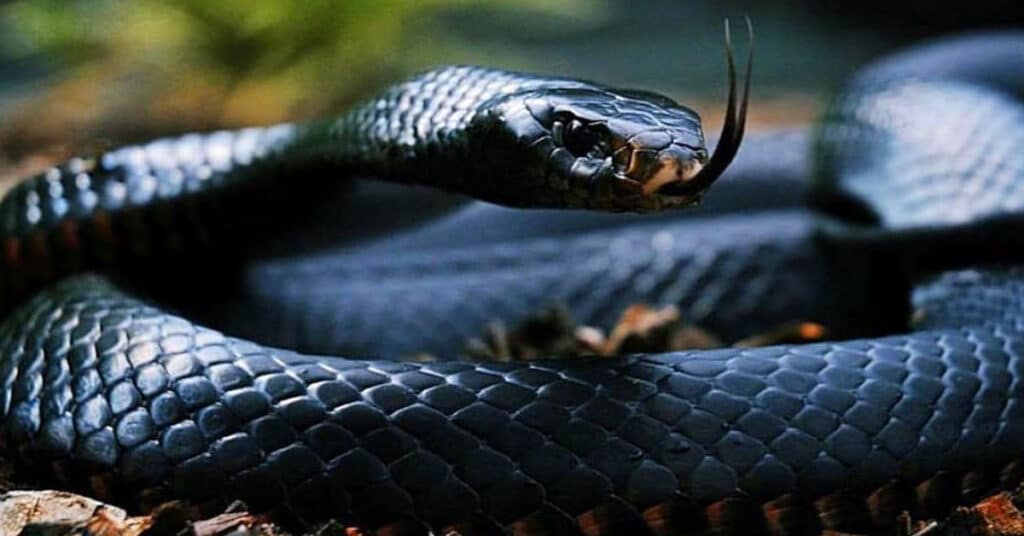When we think of venomous snakes, our minds often conjure images of aggressive reptiles, fangs bared and ready to strike at the slightest provocation. However, the world of venomous snakes is far more nuanced than many people realize. Despite their potentially deadly capabilities, several species display surprisingly docile, even what some might describe as “friendly” behaviors—at least by snake standards. These serpents challenge our preconceptions about venomous creatures and demonstrate that possession of venom doesn’t necessarily equate to an aggressive temperament. In this article, we’ll explore five venomous snakes that, contrary to popular belief, typically exhibit calmer, more tolerant dispositions than their fearsome reputations might suggest.
The False Water Cobra: Deceptively Gentle Giants

The False Water Cobra (Hydrodynastes gigas), native to South America, possesses a mild venom delivered through rear fangs, yet displays a temperament that belies its intimidating name. These snakes can grow quite large—up to 8 feet in length—but are known in the reptile-keeping community for their curious and relatively calm nature. When threatened, they’ll flatten their necks in a cobra-like hood display, but rarely follow through with a bite unless severely provoked. Experienced handlers report that captive specimens often become surprisingly tractable, even seeming to recognize their keepers and showing interest in human activities around their enclosures. Their intelligence and adaptability make them popular among advanced hobbyists who appreciate that these venomous snakes rarely resort to defensive striking.
Hognose Snakes: The Drama Queens of the Snake World
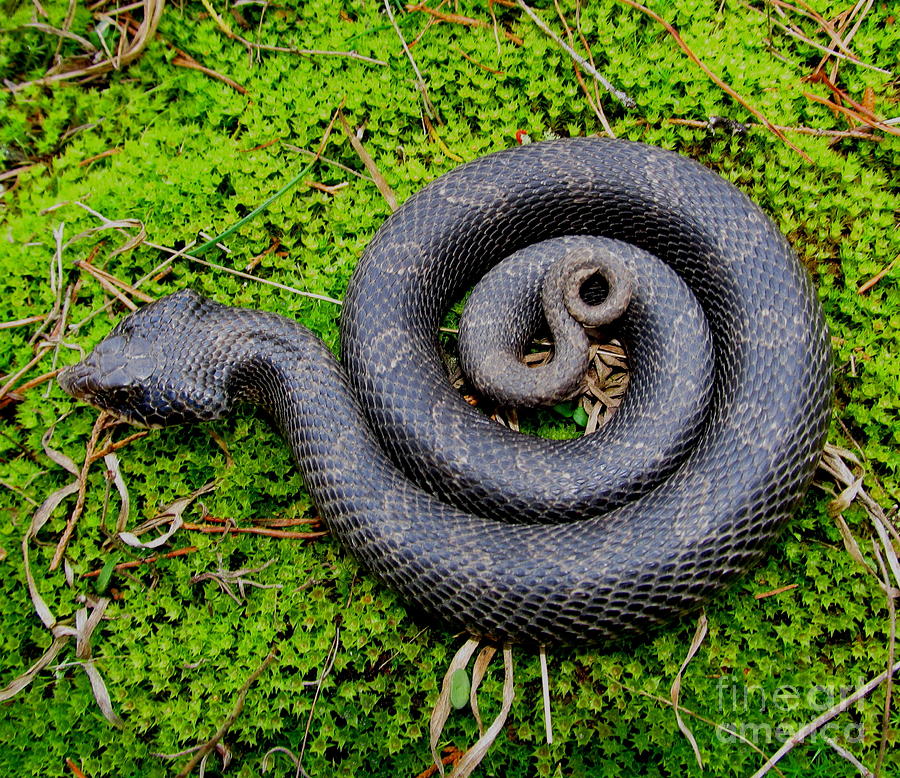
Hognose snakes (genus Heterodon) represent some of the most theatrically “friendly” venomous snakes in North America. While their venom is primarily designed for subduing amphibian prey and is mild to humans, they technically qualify as venomous serpents. What makes hognoses remarkable is their elaborate defensive behavior that prioritizes bluffing over biting. When threatened, they’ll flatten their necks, hiss loudly, and strike repeatedly—but often with a closed mouth! If this performance fails to deter a predator, they’ll employ their most famous trick: playing dead by rolling onto their backs, hanging their tongues out, and even emitting a foul musk to complete the illusion. This preference for elaborate deception over actual biting makes them relatively safe to handle and beloved among reptile enthusiasts who appreciate their dramatic personalities.
Mangrove Snake: Elegant Temperament

The Mangrove Snake (Boiga dendrophila) sports striking black scales banded with vibrant yellow, serving as a warning to potential predators about its rear-fanged venom system. Despite this intimidating appearance, these Southeast Asian arboreal snakes have earned a reputation among experienced keepers for their relatively manageable temperament. Unlike many other venomous species that react with immediate aggression when disturbed, Mangrove Snakes often display a more measured response to handling. They typically offer clear warning signals before becoming truly defensive, first freezing in place, then exhibiting open-mouth threats if the disturbance continues. This graduated response gives handlers time to back off before the situation escalates to biting. Their predictable behavior patterns, combined with their stunning appearance, make them popular among keepers with appropriate experience handling mildly venomous species.
Copperhead: Surprising Restraint

The Copperhead (Agkistrodon contortrix) may seem an unlikely candidate for this list, as it’s responsible for more venomous snakebites in the United States than almost any other species. However, herpetologists and field researchers have long noted that Copperheads display remarkable restraint compared to many other pit vipers. When disturbed, these snakes often remain motionless, relying on their exceptional camouflage rather than immediate aggression. Even when stepped on—a common cause of bites—many Copperheads deliver “dry bites” without injecting venom, essentially giving a warning nip rather than a full envenomation. Research suggests approximately 25-50% of Copperhead bites are dry, demonstrating a surprising conservation of their valuable venom. This reluctance to deliver full venom loads indicates a snake that, while dangerous, isn’t inherently aggressive and prefers to save its venom for prey rather than defensive situations.
The Common Gartersnake: Mildly Venomous Backyard Friends
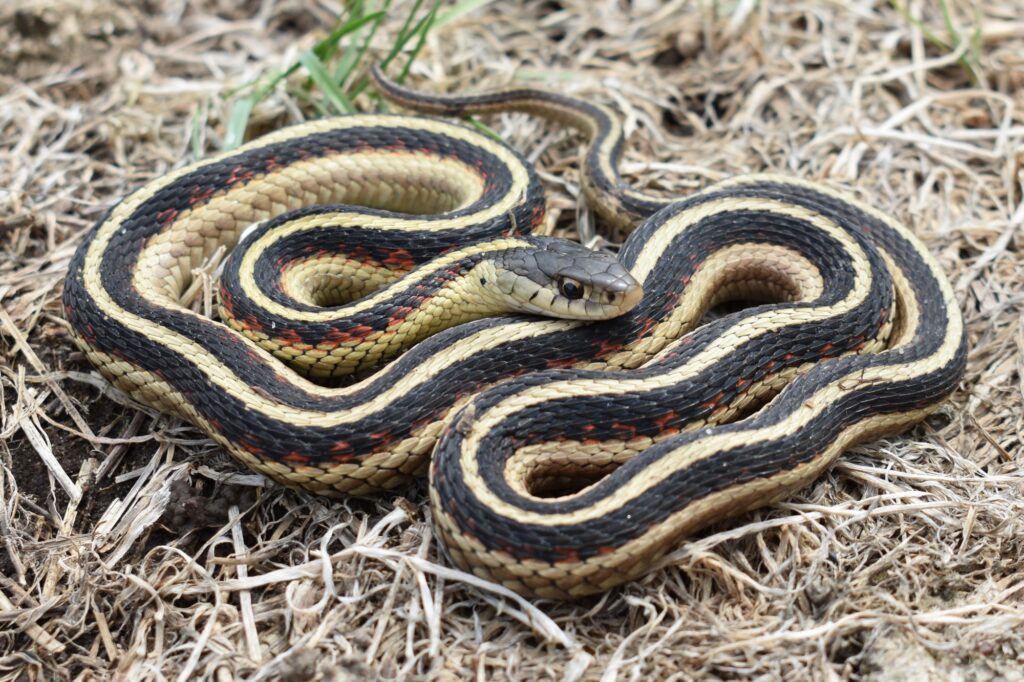
Many people are surprised to learn that the Common Gartersnake (Thamnophis sirtalis), a fixture in gardens across North America, actually produces a mild venom. Scientists reclassified gartersnakes as venomous in the early 2000s after discovering they produce a neurotoxic saliva that immobilizes their prey. Fortunately for humans, this venom is extremely mild and is delivered through small rear teeth rather than specialized fangs, making it harmless to people beyond potential mild irritation. Gartersnakes are known for their docile nature and quick adaptability to human presence. They rarely bite even when handled, typically preferring to release a musky substance from their cloaca when threatened—unpleasant but harmless. Their willingness to inhabit suburban gardens, tolerance of careful handling, and completely non-threatening nature to humans make them perhaps the “friendliest” technically venomous snakes most people will ever encounter.
Understanding Snake Behavior: Beyond “Friendly” and “Aggressive”
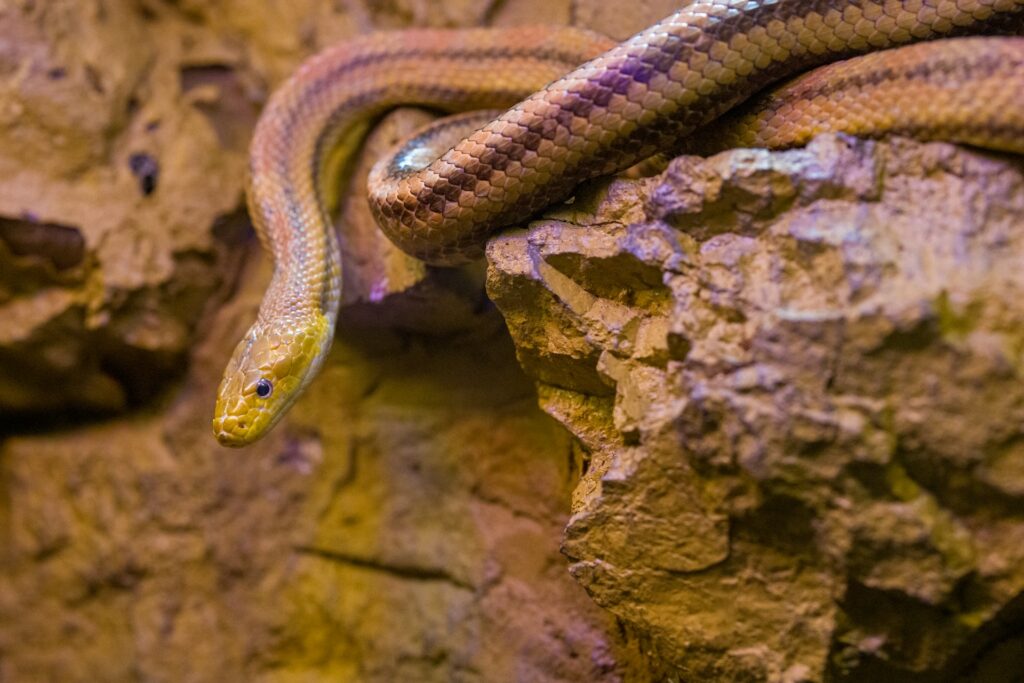
When discussing snake temperament, it’s important to recognize that anthropomorphic terms like “friendly” can be misleading. Snakes don’t experience emotions as mammals do—they don’t feel affection or form social bonds in ways we might recognize. What we perceive as “friendliness” is actually a complex combination of factors including stress tolerance, defensive thresholds, and individual temperament. Captive-bred specimens often display higher tolerance for handling simply because they’ve been exposed to human interaction from birth. Wild snakes, even of these “friendlier” species, will almost always prefer to flee rather than interact with humans. The species mentioned in this article aren’t seeking human companionship, but rather displaying a higher threshold for stress and defensive behavior compared to other venomous species.
Evolutionary Advantages of Docile Behavior
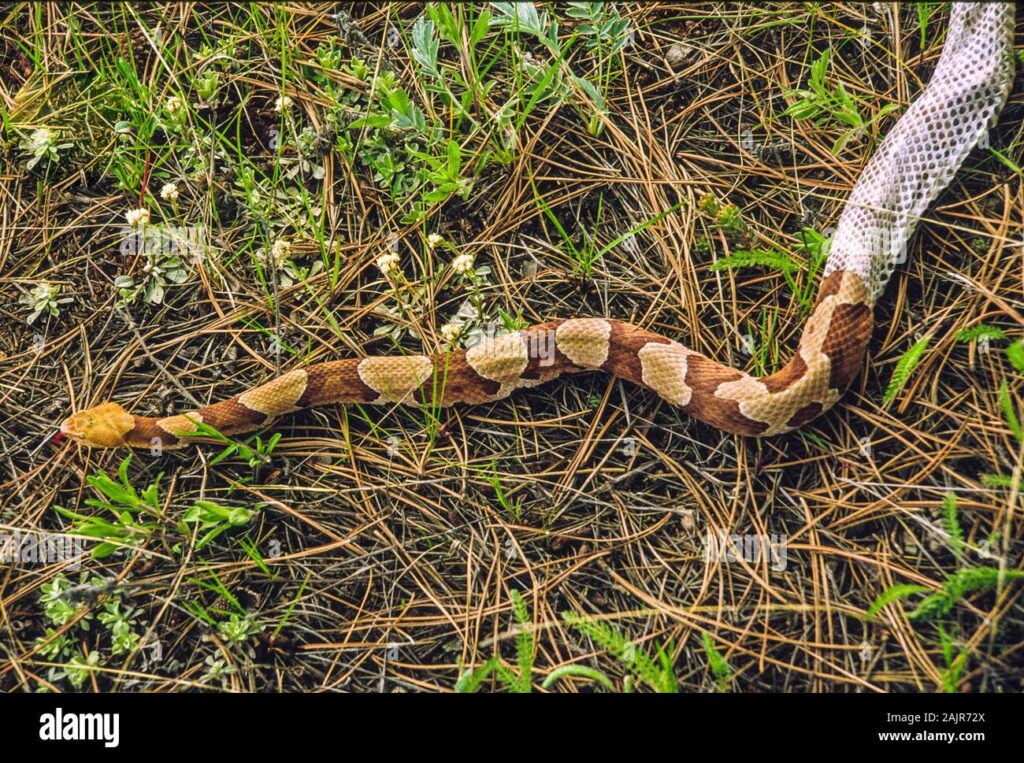
The relatively calm demeanor of these venomous snakes likely evolved as an energy conservation strategy. Producing venom requires significant metabolic resources, and unnecessary defensive displays or bites deplete these valuable reserves. Species that can avoid confrontation through camouflage, bluffing, or simply tolerating minor disturbances may gain evolutionary advantages over more reactive species. This is particularly evident in the Hognose’s elaborate death-feigning behavior, which requires far less energy than fighting or fleeing. Similarly, the Copperhead’s tendency toward dry bites suggests an evolutionary pressure to conserve venom primarily for prey capture. These behavioral adaptations demonstrate that venomous snakes have evolved complex response systems that go far beyond simple aggression, allowing them to navigate their environments with remarkable efficiency.
The Role of Captive Breeding in Temperament

The reptile hobby has significantly influenced the temperament of many captive venomous snake populations through selective breeding. Breeders often select for docility and stress tolerance, creating bloodlines that display calmer temperaments than their wild counterparts. This process has been particularly noticeable in species like the False Water Cobra and certain Hognose varieties, where multiple generations of captive breeding have produced individuals that tolerate handling better than wild-caught specimens. The genetic basis for temperament in snakes remains poorly understood compared to mammals, but evidence suggests that behavioral traits do have heritable components. For the species mentioned in this article, captive breeding programs have likely amplified their naturally more tolerant dispositions, creating individuals that adapt better to life in human care while maintaining their wild counterparts’ more cautious nature.
Environmental Factors Affecting Snake Temperament

A snake’s environment plays a crucial role in shaping its behavioral responses, even among these relatively “friendlier” venomous species. Temperature significantly impacts activity levels and stress responses—snakes maintained at optimal temperatures typically display more predictable and less defensive behaviors. Proper enclosure design with adequate hiding places reduces stress by providing security, which in turn decreases defensive responses. Regular, gentle handling from a young age can also habituate captive specimens to human interaction, though this should only be attempted by experienced keepers with appropriate safety protocols. Even the friendliest venomous species can become defensive if maintained in stressful conditions with inadequate space, improper temperatures, or frequent disturbances. This environmental influence explains why the same species might be described as docile by one keeper and defensive by another.
Safety Considerations and Responsible Ownership
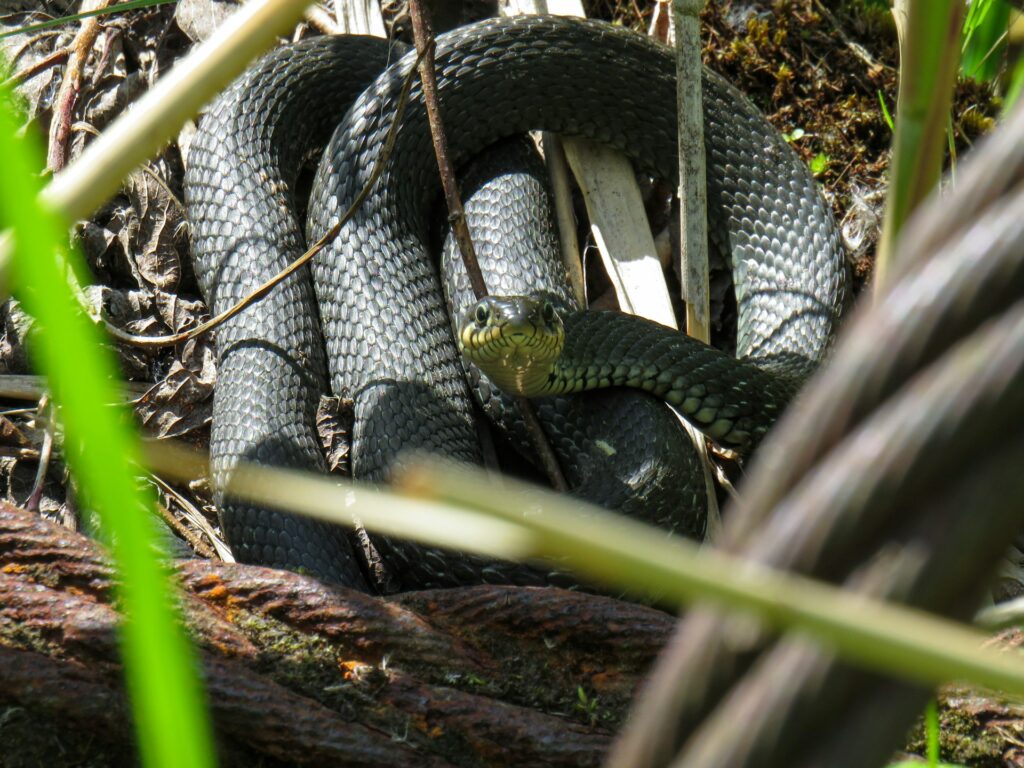
Despite their relatively calmer temperaments, all venomous snakes demand respect and appropriate safety measures. Even the most docile specimens can bite if startled, cornered, or handled improperly. Specialized tools like snake hooks and transparent handling tubes are essential equipment for venomous snake keepers, regardless of species temperament. Many jurisdictions strictly regulate or prohibit keeping venomous reptiles, requiring permits, specialized insurance, and proper anti-venom access plans. Responsible ownership also includes secure enclosures with redundant safety features to prevent escapes. The seemingly friendly nature of these snakes can sometimes create a false sense of security, leading to dangerous lapses in protocol. Experienced keepers emphasize that consistent, methodical handling procedures remain essential even with species known for better temperaments.
The Impact of Gender and Age on Snake Behavior
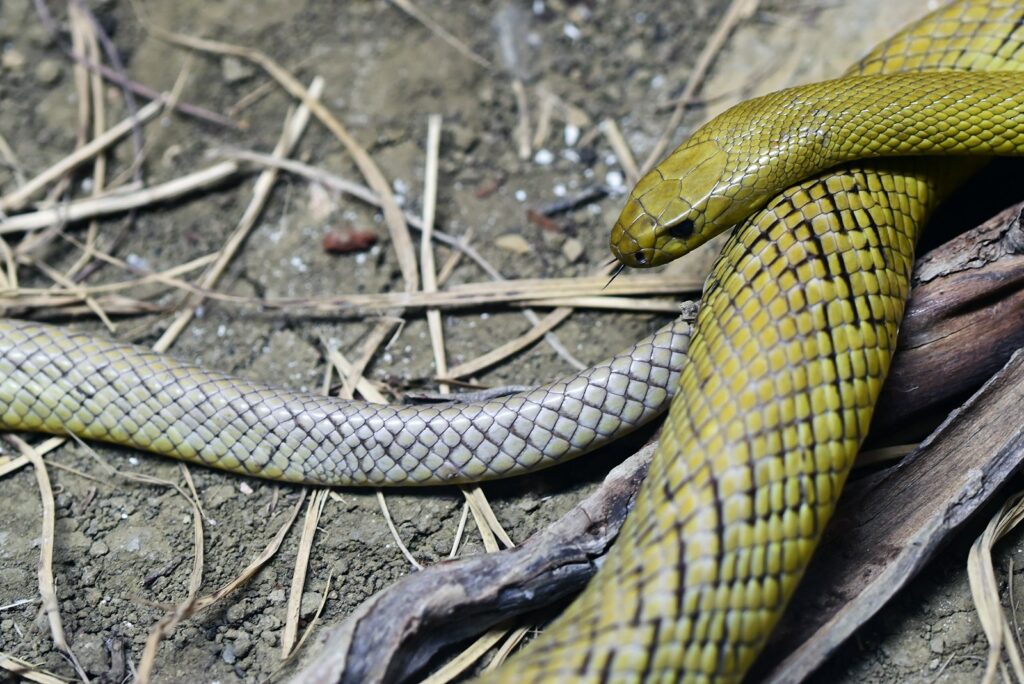
Within the species mentioned, significant behavioral variations can occur based on gender and life stage. Male snakes often display more active and sometimes more defensive behaviors during breeding season when hormone levels peak. Females, particularly gravid (pregnant) ones, may become more defensive as they protect developing eggs or embryos. Juvenile snakes typically exhibit more nervous, defensive behaviors than adults, as their smaller size makes them more vulnerable to predation. This pattern is particularly evident in young Copperheads, which often strike more readily than adults of the same species. As snakes mature and gain size, many species grow more confident and less reactive to potential threats. These age-related behavioral changes highlight that temperament in snakes is not fixed but develops throughout their lifespan.
Conservation Implications of Snake Misconceptions
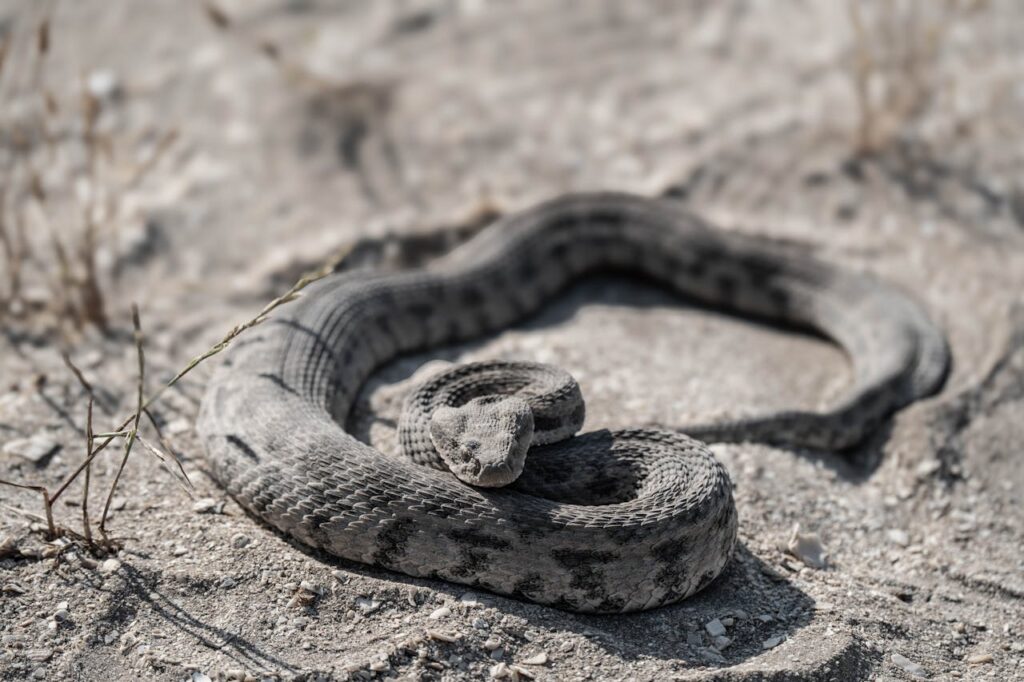
The misconception that all venomous snakes are aggressive killing machines has serious conservation implications for these species. Unfounded fear often leads to unnecessary killing of even relatively docile venomous snakes when they’re encountered near human habitation. Public education about the true nature of these animals, including their reluctance to bite and preference for avoiding human contact, can help reduce needless killings. Conservation efforts for species like the Copperhead face particular challenges due to their reputation, despite their ecological importance as controllers of rodent populations. By highlighting the more measured, less aggressive nature of many venomous snakes, conservationists hope to foster greater tolerance and appreciation for these misunderstood predators. Understanding that possession of venom doesn’t equate to aggression represents an important step toward more balanced human-snake coexistence.
Conclusion: Rethinking Our Relationship with Venomous Snakes
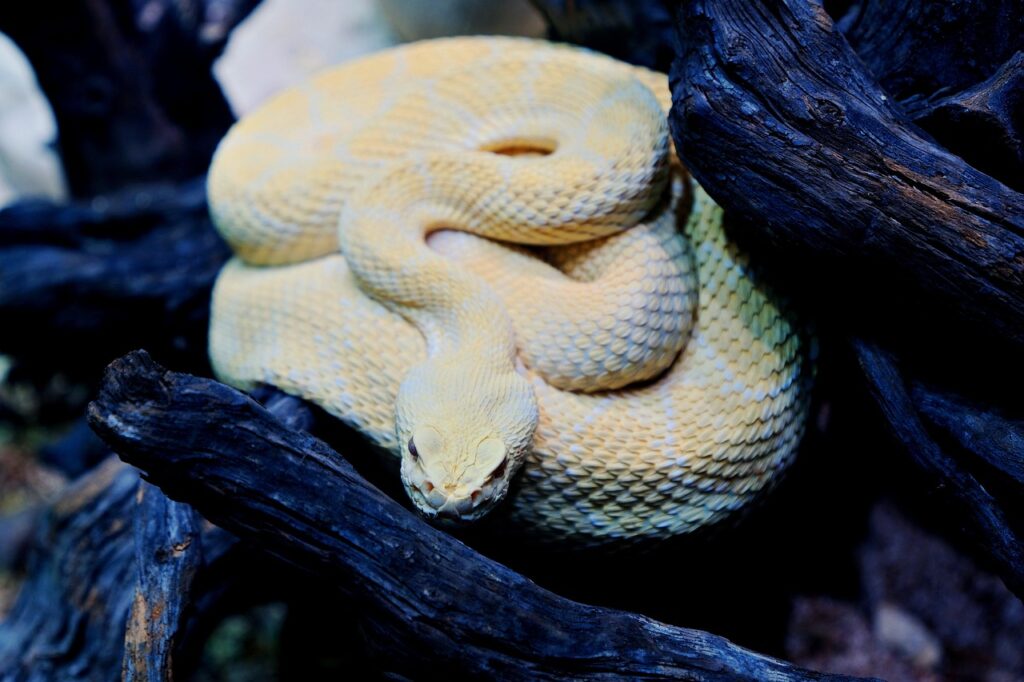
The venomous snakes discussed in this article challenge our preconceptions about these reptiles, demonstrating that venom production doesn’t necessarily correlate with aggressive behavior. From the theatrical Hognose to the surprisingly restrained Copperhead, these species exhibit a range of behaviors that favor avoidance over confrontation. While terms like “friendly” may overanthropomorphize these reptiles, their relatively higher threshold for defensive behavior offers a more nuanced understanding of snake psychology. For the average person, this knowledge primarily serves to reduce unnecessary fear and promote respect rather than panic when encountering these animals in the wild. For wildlife professionals and responsible keepers, recognizing these behavioral patterns facilitates safer interactions while maintaining appropriate caution. As we continue to study and understand these fascinating predators, perhaps we’ll further refine our understanding of the complex factors that make some venomous snakes more tolerant of our presence than we might expect.

